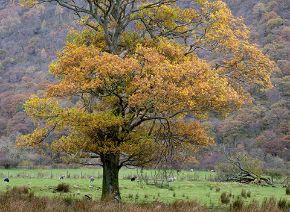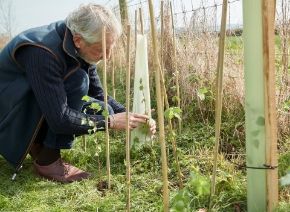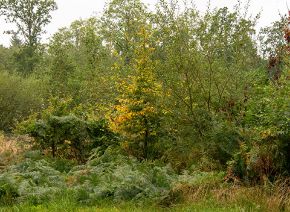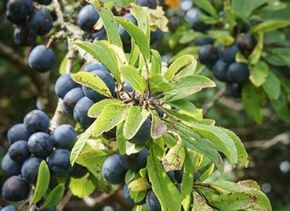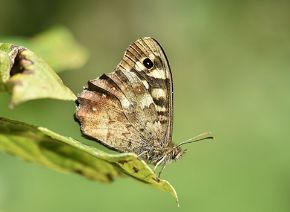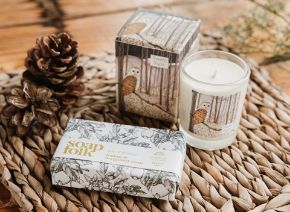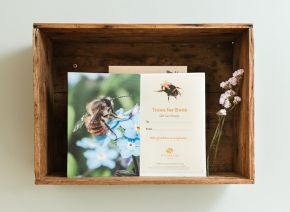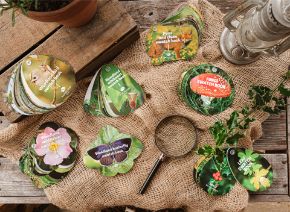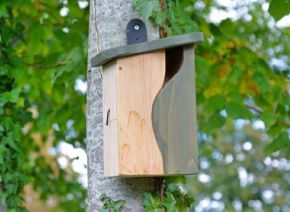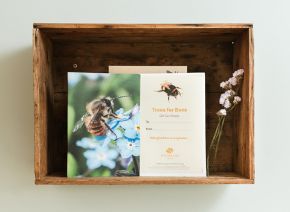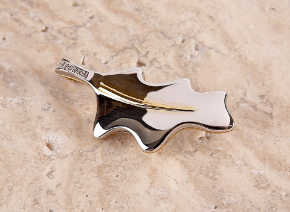Borage (Borago officinalis)
Borage tastes just like cucumber. The flowers and young leaves are best in salads or teas. The flowers are a great addition to salads and drinks. They can also be used dried as a pot herb with a fresh flavour. Borage is traditionally used for gastrointestinal, respiratory, and cardiovascular disorders.
Season: March to September
Lady's Smock (Cardamine pratensis)
The leaves taste of mustard or wasabi, and the flowers taste like cress with hints of sweetness and spice. The leaves can be a bit small and fiddly to collect - basal leaves at the bottom of the plant are easier. Leaves and flowers are lovely in salad. A tea made with the leaves of this plant was often used in the past as a Spring tonic or for menstrual problems.
Season: January to December
Pignut (Conopodium majus)
Pignuts take a few years to grow. They taste a little like a sweet chestnut or hazelnut crossed with a radish. The root must be carefully followed to find the nut at the end. It often bends 90 degrees before the nut and snaps off very easily.
Season: March to June
Primrose (Primula vulgaris)
Flowers and leaves can be used in salads, as a green vegetable, or in tea to treat anxiety, insomnia, and migraines. Roots can be used to make cough syrups and in arthritis and rheumatism treatments.
Season: March to June
Red Clover (Trifolium pratense)
The leaves taste like grass, the seeds taste like peas and the flowers taste sweet and are best on a sunny day -just beat the bees to them! The flowers are great in salads, and the peas taste good and cause bloating if you eat too many.
Flowers: May to September
Shepherd's Purse (Capsella bursa-pastoris)
The leaves can be eaten raw or cooked. The flower tips can be eaten as a snack, and the dried flowers and leaves can be used as a tea. Some of the tea can be used on a cotton bud to stop nosebleeds.
Season: March to November
Wild Garlic (Allium ursinum)
The plant can be used raw or cooked. It's best to leave the roots alone, as the leaves are tastier and there are no bulbs. This plant is known to reduce high blood pressure and cholesterol levels, and like bulb garlic, it has more medicinal claims than space to print them.
Season: February to June




